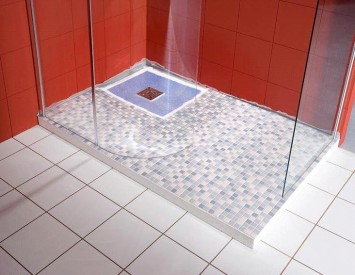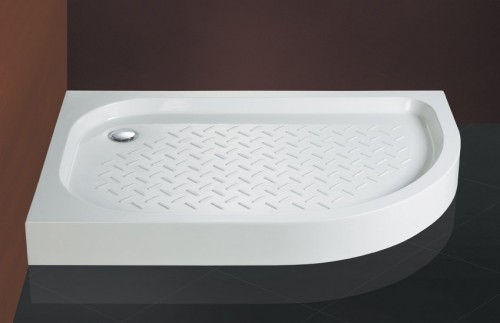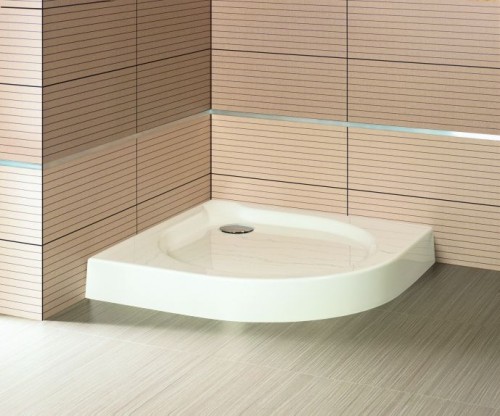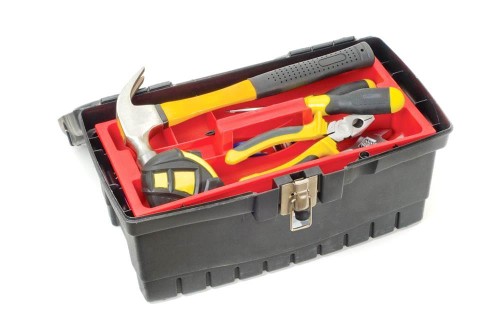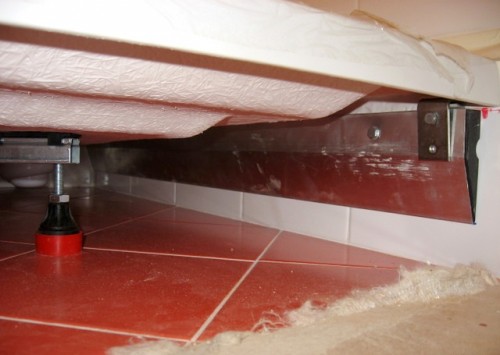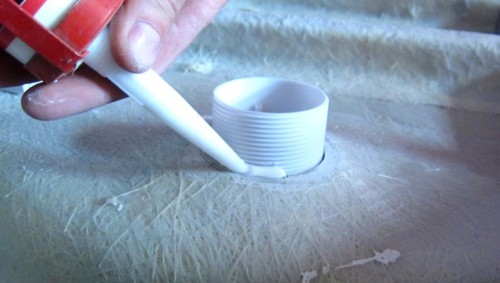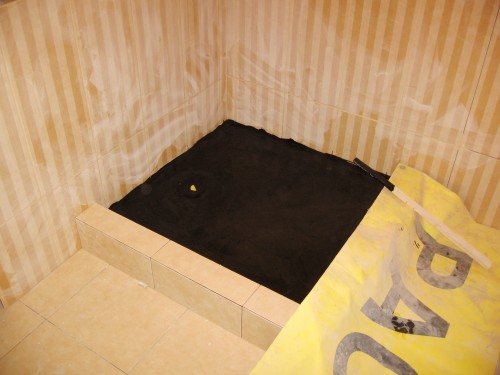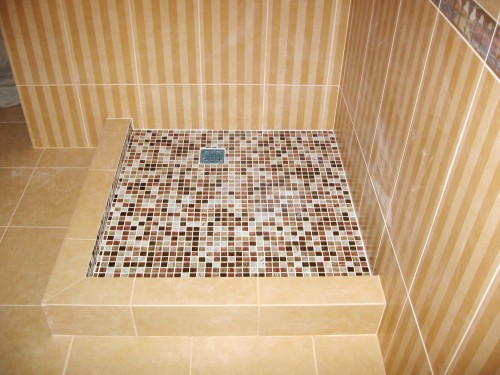The process of arranging a bathroom is a fairly important component of repairs in the apartment. As a rule, the bathroom does not always have the desired dimensions, since most housing buildings have been built for a long time. In view of this, the savings of space remains an important issue, when solving which the installed pallet for the shower cabin is the best option. The installation of this element is a laborious process, but it gives a positive result.
Content
Varieties of pallets
Depending on type of structure, the traders can be divided into such types:
- flat (from 10 to 18 cm);
- superplit (from 6 to 10 cm);
- deep (from 25 to 35 cm).
By the criterion forms of the product, it is customary to use the following classification:
- round pallet;
- polygonal;
- product of arbitrary shape.
Modern manufacturers represent a wide range of designs, among which the optimal shower tray is to buy a universal form - a quarter of a circle. This structure allows you to mount the product into a corner, occupying a minimum of room in the room.
Depending on manufacturing material, the subdomers are the following types:
- An acrylic shower pallet is a modern version of products, which is characterized by low weight, a wide range of shapes and colors, as well as practicality - small scratches are practically not noticeable on the surface. However, this design is not too strong, and therefore requires fastening or a reinforced bottom.
- A cast -iron subdodor is an expensive, but the most durable and durable product among analogues. The disadvantage of such a choice is the monotony of forms.
- Steel products - such a shower tray is high by strength, relatively low weight and cheapness. However, it is less durable, in comparison with the cast -iron bottom, and also makes noise under a stream of water, unlike acrylic structures.
- A tray of ceramic material - is characterized by high aesthetic value, considerable value and durability. However, such designs are not too resistant to damage, as well as cold.
- Marble subdodes are the most expensive products that are quite practical, which is warmer than ceramic analogues, but fragile and prone to chips.
Necessary tools
It is quite feasible to install a shower trash with your own hands, but to implement the plan, you will need to prepare a lot of tools:
- punch;
- components for the pallet;
- construction level;
- screwdriver;
- set of screws;
- sewage pipes;
- plastic dowels;
- screwdrivers;
- drill with jackets on concrete;
- set of plugs;
- foaminglex;
- concrete solution and container for it;
- sand;
- trowel;
- silicone sealant.
Installation of a shower pan on the legs
This design option is the simplest and is suitable for implementation in any room, since it does not require the preparation of flooring. Let us consider in more detail step -by -step instructions for the performance of work.
- Prepare the purchased product and place the future supports so that they are parallel to the main axis of the pan.
- Then, in accordance with the type of structure, it is necessary to measure the distance from the axis and marker with the marker 4 holes on the thickened bottom.
Important! The axis on the pallet is a line that connects the opposite corners of the product if it has a rectangular shape. And in the designs of a semicircular type, it runs between the angle and the center of the arc.
- In marked places, drill grooves with a diameter of 3 mm. At the same time, observe extreme caution: in order not to damage the integrity of the pan, do not deepen the drill by more than 10 mm.
- After that, fix the support beam.
- Install a shower tray on the legs. For smooth geometry, use the building level.
- On the surface of the wall, apply the height of the upper side of the pallet with a marker, and make markings at a distance of 100 mm from the corner where the brackets axis will take place.
- Along the axis, under the line of the pan, drill the grooves with a depth of 8 mm.
- Insert plastic dowels into the holes, in which it is necessary to fix the brackets using screws.
- Apply a thick layer of sealant to the upper part of these elements and hang a tray there.
- After the product “sits” as tightly as possible, equip the siphon.
Installation of the pan on the floor
The installation of a self -supporting shower bottom is a simple but painstaking process that requires extreme accuracy. In order for the result to pleases the master, it is necessary to adhere to the instructions exactly. So, the step -by -step guide looks as follows:
- Prepare the necessary pallet and check all the compounds for the drain. For greater reliability, polish the sandpaper of the shower structure and floor with sandpaper.
- Apply silicone sealant to cleaned places. Move around the perimeter of the area, about 1 cm from the outer border.
- Measure on the wall the height of the extreme side of the product and apply marking there by a marker.
- Then drill the grooves and mount the plastic hooks that stabilize the position of the structure.
- Set the Podonta bowl on the prepared area and press with a strong press. This will allow the adhesive composition to fix the bottom on the floor cover.
- Then tighten and install the siphon.
- The resulting gap between the tiles and the pan must be filled with silicone sealant and special plastic rails, which are usually supplied with the product.
- The pallet is ready for operation.
Installation of a pallet on the floor
This method is the most time -consuming, since it requires thorough preparation, as well as construction skills. However, efforts are rewarded with a reliable and durable result. The guide to install the pallet on the floor looks as follows.
Stage 1. Waterproofing
The first stage in the installation of a shower tray is the waterproofing of the place where it will be. For this, it is necessary to perform the following actions:
- bring to the very center of the pan -sewage pipe;
- carefully check each element of the system for chips or cracks to avoid possible leaks;
- pour the allotted angle with a sealant or fiberisin, and remove the output sewer pipe by 15 cm above the floor;
- let it dry for 24 hours.
Important! It is not recommended to put a plastic drain, even if the manufacturer assures its reliability and strength. Replace it with brass or steel so that unpleasant incidents do not occur and the design serves for decades.
Stage 2. Installation of a barrier
After the place under the design is carefully sealed and the sewage is laid, you can proceed to the layout of the protective barrier. The process is carried out in the following sequence:
- outline the height of the barrier line, as well as a brick perimeter, which should be at least 5 cm above the level of the sewer pipe;
- prepare a moisture -resistant solution, carefully kneading it in a container with a trowel or spatula;
- the ratio of cement and sand 1: 1, while be sure to add liquid glass to provide the structures with excellent water -repellent characteristics;
- put the brick around the perimeter, putting it on the rib;
- let it dry for 48 hours.
Stage 3. Paul filling
This process occurs in the following sequence:
- Initially, it is necessary to make the basic fill with the help of self -leveling cement composition. The layer should be as smooth as possible, filling the entire space of the corner, and also have a thickness of 5 to 8 mm.
- Process the surface with reinforcing waterproofing after drying. For this, the fiberpool mastic, Dekoprof or others is suitable.
- After the insulation layer is completely dry, knead the solution. To do this, use tile glue and cement.
- Slowly, with concentric circles, apply the layer, gently increasing the thickness of the layer from the drain hole. Try to withstand the level of curvature, since irregularities and gross transitions cannot be hidden under the cladding.
- When the composition dries, clean the surface to eliminate irregularities and roughness.
Stage 4: Decorative cladding
The external aesthetics of the shower is an important factor that should be taken into account during repair work. In this case, the optimal solution would be to facing the floor with mosaic tiles, since it perfectly hides small errors when pouring. Use a glass mosaic designed for baths, since such material has anti -slip characteristics and does not lose external attractiveness over the years.
Recommendations To the process:
- Before installing a shower pan, it is necessary to decide which design is planned as a whole: a shower corner or cabin. This is necessary in order to carry out power supply during construction, if the plan to install a shower is planned. The connection to the network occurs by means of a copper cable with a cross section of at least 2.5 mm. It should also have double isolation. Be sure to provide for the installation of a protective shutdown in order to ensure safety.
- Despite decorative showers, photos of which are decorated with designer magazines, the design should have good sound insulation. The sound of a water tray that is fighting will not like the owner, as well as his neighbors. Modern technologies allow you to use a lot of options for isolation, and therefore do not neglect it.
- The best tool for checking the position of the pan is a water level.
The installation guide to the pallet can be examined in detail on the video clip:
